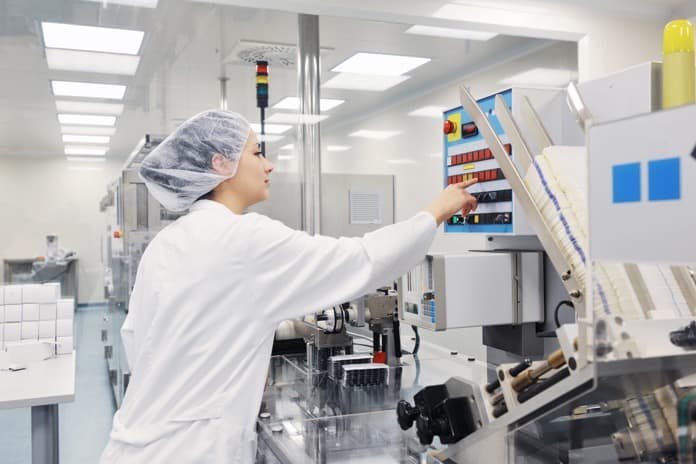A review from University College London looks at the role 3D printing could play in drug development and how it could revolutionize the manufacturing processes.
The pharmaceutical industry is by nature conservative and resistant to change. When one considers the massive research and development costs needed to bring a new drug from discovery to the clinic, it is evident that this financial pressure has created a mentality of avoiding risk. This burden of drug development has meant that many of the traditional practices that have been in place for years, such as the manufacturing of medications, have not evolved since their inception. While these processes are optimized for cost-effectiveness, they are also inflexible and not necessarily compatible with the future of drug development or clinical care. Recent advances in technology have the potential to revolutionize the way in which pharmaceuticals are manufactured and administered, with implications for the pharma industry, caregivers and patients.
The innovation at the forefront of this breakthrough is called 3D printing (3DP). This technology allows the on-demand fabrication of three-dimensional objects of virtually any size and shape. Different types of 3D printers exist, each of which executes the task via different mechanisms and has different tradeoffs with regards to speed, resolution and integrity. 3D printing has been used to make objects both simple and complex, from a child’s toy to the body of an automobile. The potential for 3D printing in the pharmaceutical industry is the rapid, flexible, on-demand production of small batches of drugs. This could include flexibility with regards to the dose, physical characteristics, and release profile of the drug, effectively shifting away from the “one-size-fits-all” approach towards a new world of personalized medicine.
A recent review by authors from the UCL School of Pharmacy in London provides an in-depth glance at the possibilities offered by integrating 3D printing into pharmaceutical manufacturing processes. The paper, published in a recent edition of Trends in Pharmacological Sciences, makes a case for embracing this new technology and overcoming the numerous challenges that exist. In particular, the authors focus on the benefits this approach could have in two main areas: early-phase drug development and patient applications.
Early-phase Drug Development
The early stages of drug development are crucial in determining whether a molecule can have therapeutic potential with an acceptable level of toxicity. The rate of failure in this stage is high, and therefore it is imperative that companies can identify candidate molecules as quickly and as cheaply as possible. While computational tools are now playing a large role in screening, potential drugs must then be put through pre-clinical experiments often conducted on model organisms before they can reach clinical trials. Part of this research involves testing different formulations and doses to determine their effect. 3D printing could streamline this process by offering a fast and flexible approach to producing small batches of drugs with different compositions. These practices are not well-supported under current manufacturing conditions, which slow the progression of studies and require a large investment of resources.
Patient Applications
The practice of medicine is heading in the direction of personalization. Fueled by advances in our understanding of molecular biology and genetics, the potential now exists to tailor therapies specifically to individuals for maximum benefit with minimum side-effects. 3D printing can help realize that endeavour by enabling the production of custom pharmaceuticals appropriate for one’s genetic profile, disease state, gender, age, weight, and many other characteristics. The power of 3D printing could also be harnessed to create complex drug tablets with unique properties. The geometry and spatial distribution of these tablets can affect the way they are metabolized and distributed in the human body, adding a new dimension to personalization. Finally, children and the elderly often require very specific doses of medicine. Because of the inflexibility of current production, many people have taken to crushing or splitting tablets to achieve the desired dose. This carries with it a degree of uncertainty which could be eliminated by using 3D printing.
While the potential for 3D printing in drug development and patient administration is indeed high, the road to integrating this technology is filled with significant challenges. Not surprisingly, most of them relate to regulation and safety. Current quality controls in pharmaceutical manufacturing are incredibly thorough and exhaustive. Ethicists worry that the same level of oversight cannot be applied to 3D printing. Additionally, standardization may be difficult if there are variations between printers Clearly, the ideal 3D printing process for drug development has not yet been invented, but with the recent FDA approval of the first 3D printed tablet, this technology is sure to play a role in the future of pharmaceutical manufacturing.
Written by Adriano Vissa, PhD
Reference: Trenfield SJ, et al. 3D Printing Pharmaceuticals: Drug Development to Frontline Care. Trends in Pharmacological Sciences. 2018.



